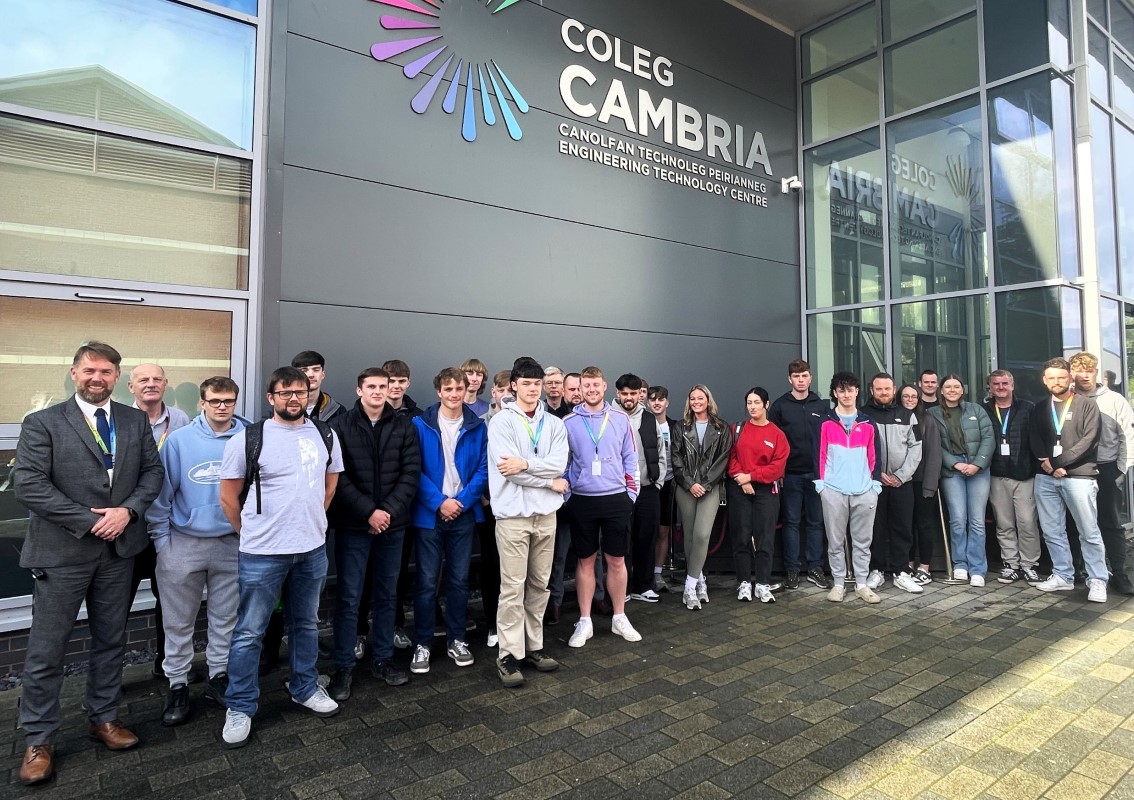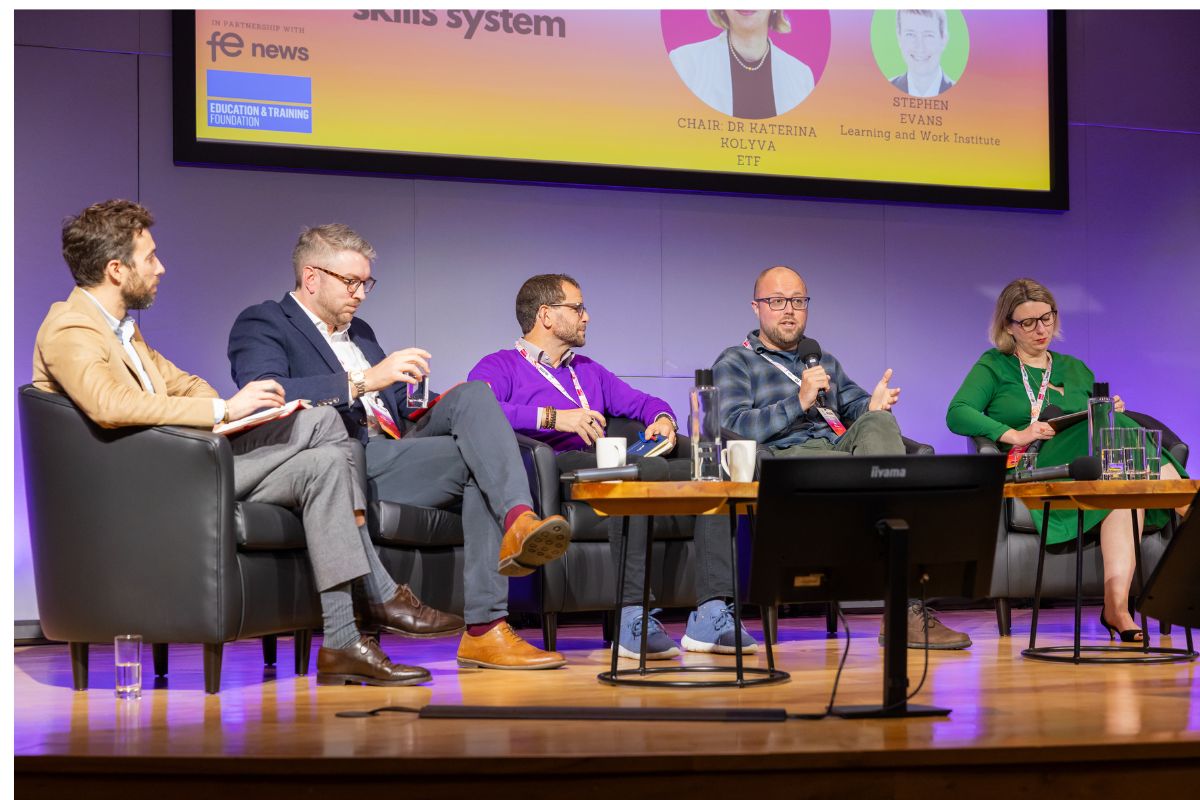Female Empowerment Within #STEM

Despite the fact that more women than ever are entering in to STEM related roles, there is still a clear gender unbalance in the industry. Earlier this year however, Kate Bouman engineered the first image of a black hole, demanding respect for women in the astrophysics industry. Furthermore, Data analysis from LinkedIn tell us that more women have entered STEM industries in the last four decades than in any other.
It is inarguable that vital gaps of knowledge in the industry would be accounted for if there was a more level playing field. Fitbit, for example, was criticised in 2018 for introducing an inaccurate 10-day cycle period tracker. Of course, if more women had been involved in the creation of this technology, the resulting product would have reflected women’s experiences and the cycle would have been three days shorter.
STEM industries — science, technology, engineering and mathematics, have long been associated with men, and the gender ratio in STEM companies reflects this. However, with ever—changing attitudes and outlooks, can we break through the bias and create an equal workforce within the STEM industry?
Discussing the imbalance in the tech industry, Philanthropist and former general manager at Microsoft, Melinda Gates, said: “Innovation happens when we approach urgent challenges from every different point of view. Bringing women and underrepresented minorities into the field guarantees that we see the full range of solutions to the real problems that people face in the world”.
The Financial Background
Attitudes undoubtably need to change, but so does funding. Businesses and philanthropists alike have set out to tackle the monetary element of this issue. $25 million has already been donated by philanthropists in order to help change the narrative and boost young girls’ career prospects.
Many women in the engineering industry for example, report that they are not taken as seriously as their male colleagues. This means that they find themselves having to work twice as heard to earn respect, despite often being paid less purely due to their gender.
The introduction of female ambassadors by companies such as Lyda Hill Philanthropies has also made a huge impact. Money has also been raised with the intention of funding grants for women to study STEM subjects.
Apprenticeship Opportunities
Here in the UK, we’re in great need of more skilled STEM workers to help our countries infrastructural needs. A report from the Institution of Mechanical Engineers highlights this need, telling us that the lack of STEM workers is costing the nation £1.5 billion a year. The gender imbalance is part of this worrying statistic — with women making up only nine per cent of STEM apprenticeships, it is clear that we need to encourage more women into these roles.
Companies such as Lookers, who have a variety of used cars for sale, are tackling this imbalance. Lookers have recently launched a female apprenticeship scheme with an aim to double the amount of their female apprenticeships and create a better environment for women in the industry.
Civil Engineering Consultancy, Patrick Parsons, are also an example of this.
How can we put an end to the stereotype?
It is evident that this bias is developed form early childhood, sprouting from the fact that boys and girls are treated differently in school. According to the vice president of the American Association of University Women, Laura Segal, “Teachers and parents provide explicit and implicit messages starting in early childhood that boys and men are ‘better’ at math, and the gaps in the professions reinforce the opportunities, culture and lack of role models that perpetuate male dominance”.
Sadly, biases are woven into our society and affect our day-to-day. Many jobs are still associated with men, and considering that women weren’t allowed to attend university until the 20th century, it is hardly surprising that prejudices still exist. Charles Darwin himself referred to women as intellectual inferiors.
In recent years however, this bias in schools is beginning to be combatted. There have been many initiatives since 2012 that encourage young girls to engage with STEM subjects and follow related career paths.
There are more female role models in this industry than ever before, and exam boards have introduced more content surrounding women to inspire young girls studying the subjects. As a result, there has been an increase in young girls studying STEM subjects at A-level — this year saw female students studying STEM courses (50.3%) outnumber male students (49.7%).
With these positive steps being taken, hopefully we will continue to see a rise of female engagement in STEM subjects and a more equal environment created within the actual vocations over the coming years.











Responses